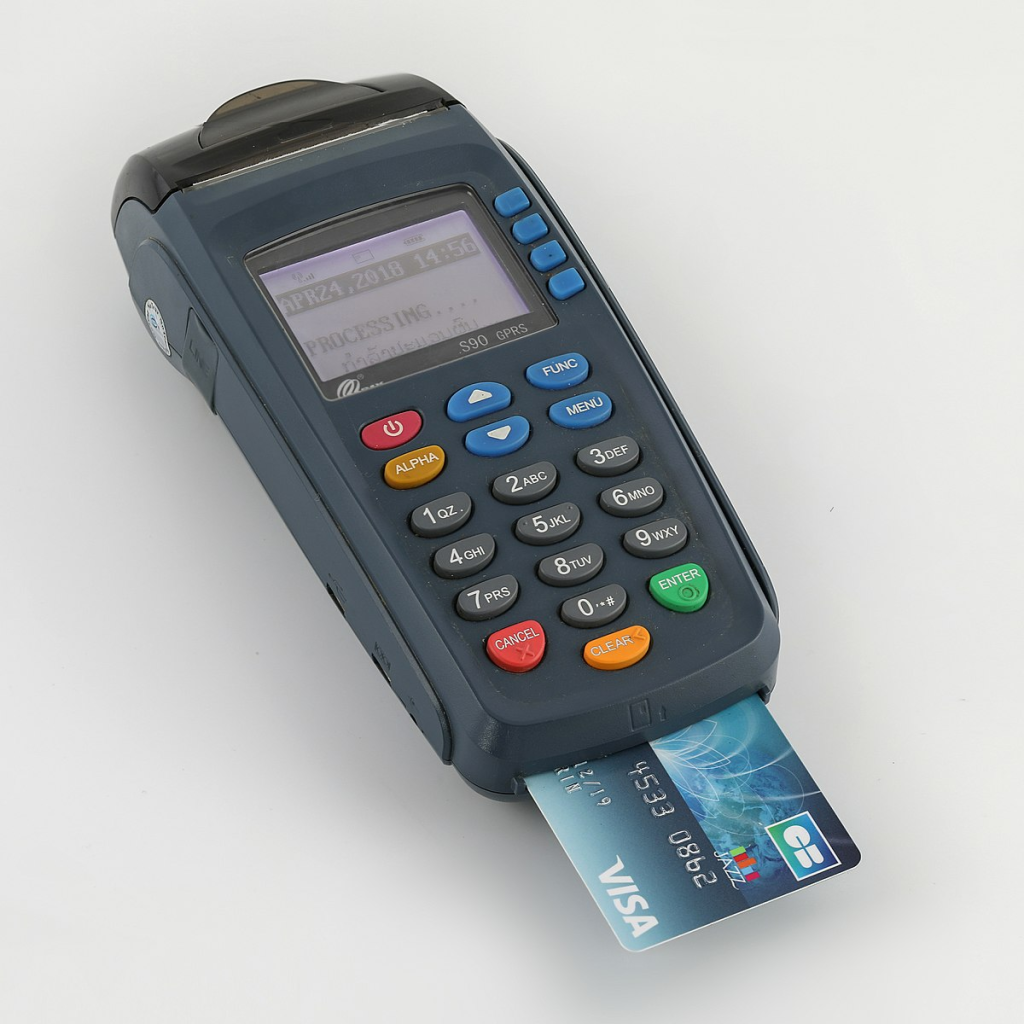Selling Success: Positioning Credit Card Terminals for Businesses
Offering credit card machines involves navigating the active landscape of economic technology, understanding the growing needs of organizations, and providing solutions that improve performance and client experience. As a retailer, it’s important to position charge card products not only as deal methods but as essential the different parts of a contemporary, streamlined company operation.
Among the critical major details in offering credit card models is showing the advantages they bring to businesses. These devices permit protected and easy transactions, flexible many different cost practices from conventional card swipes to contactless obligations and processor inserts. Focusing the speed and consistency of the transactions is pivotal, especially in some sort of wherever clients expect seamless and rapid payment processes.
As well as transactional efficiency, retailers must underscore the safety characteristics embedded in modern charge card machines. With raising concerns about knowledge breaches and fraud, companies are eager on adopting solutions that prioritize the safety of financial transactions. Credit card models equipped with encryption technology and submission with industry requirements give a secure environment for both corporations and their customers.
Understanding the varied needs of organizations is paramount in selling credit card machines. Various industries might need specific functions, such as for example supply administration integration, tip control for restaurants, or continuing billing for membership services. Customizing alternatives based on the special demands of each customer fosters trust and assures that the credit card machine aligns seamlessly with their detailed processes.
Moreover, suppliers need to keep educated about the newest advancements in bank card unit technology. This includes attention of emerging trends such as for example cellular cost options, digital wallets, and the integration of synthetic intelligence in payment systems. Demonstrating an extensive understanding of the ever-evolving fintech landscape instills confidence in clients, guaranteeing them that the options provided are in the lead of industry innovation.
Making solid relationships with customers is a built-in aspect of successful bank card unit sales. This requires not just knowledge their quick wants but additionally anticipating potential demands as their companies grow. Establishing continuing communication programs and giving responsive support contribute to a confident and enduring partnership.
Training customers in regards to the cost-effectiveness of charge card machines is yet another vital aspect of the selling process. While there might be an initial investment, focusing the long-term savings from reduced money managing, reduced human mistakes, and improved transaction volumes may sway companies toward recognizing the value of the products as strategic resources rather than mere expenses.
Last but most certainly not least, retailers must look into giving detailed training and onboarding help to clients adopting credit card models for the first time or changing to how to sell credit card machines systems. That ensures an easy integration process, minimizes disruptions to everyday procedures, and increases the benefits of the newest technology. Giving ongoing instruction opportunities also roles sellers as useful lovers dedicated to the achievement of the clients.

In summary, offering charge card models needs a multi-faceted strategy that combines technological experience, a deep comprehension of customer needs, and effective interaction skills. By placing bank card devices as transformative tools that enhance protection, efficiency, and customer satisfaction, vendors contribute to the modernization and success of organizations across various industries.